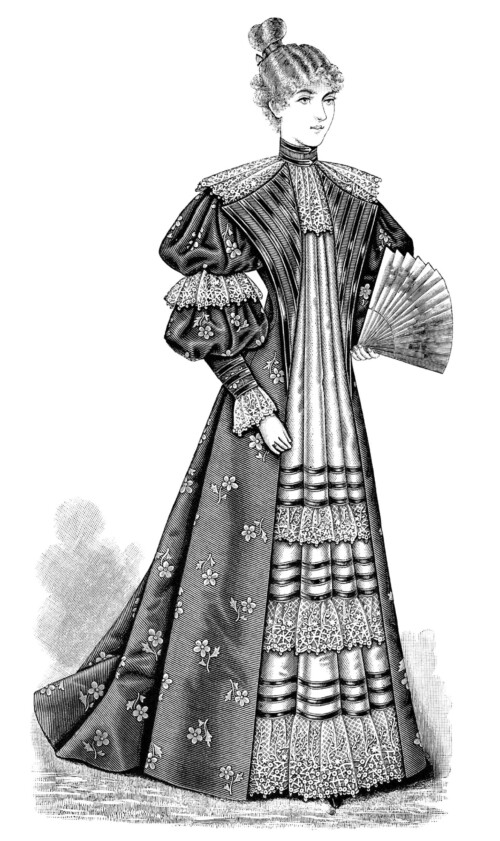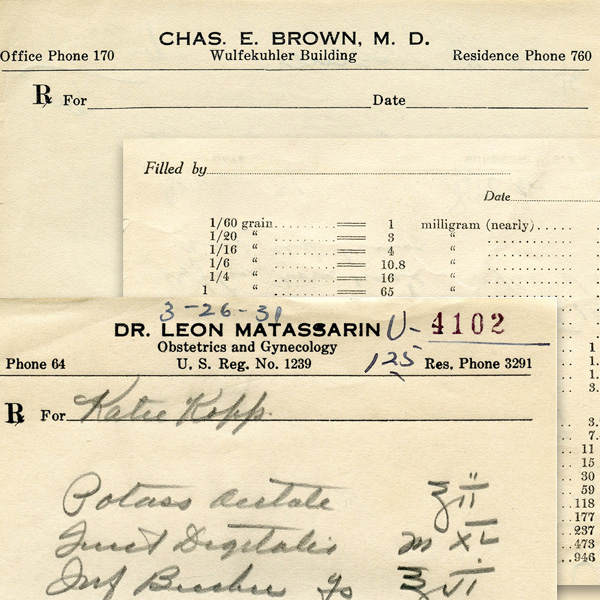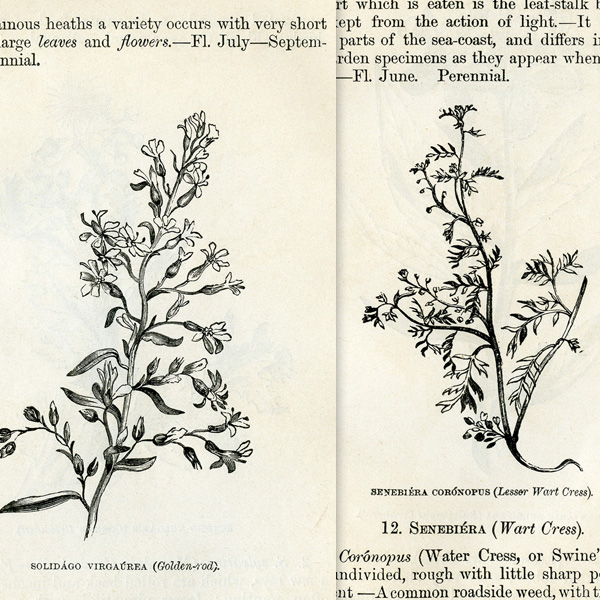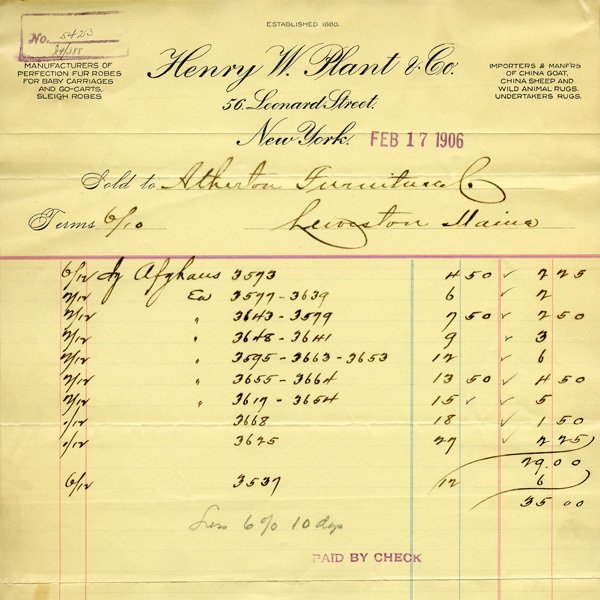Here is a Victorian lady modelling an elegant dress referred to as a Ladies’ Tea-Gown. The lady’s hair is wavy and arranged into a bun at the top of her head. She is holding a fan in her left hand. The illustration is from the April 1895 issue of The Delineator magazine.

Here is a black and white clip art version.

Click on images to enlarge.
The description for the dress from the magazine is as follows:
“This illustrates a Ladies’ tea-gown. The pattern, which is No. 6800 and costs 1s. 8d. or 40 cents, is in thirteen sizes for ladies from twenty-eight to forty-six inches, bust measure, and is given a different representation on page 346 of this Delineator.
A dressy tea-gown in which one may receive one’s friends at an informal “At Home” is a necessity in a well considered wardrobe, and is an economy as well, since a street costume soon loses its trimness when worn in the house. The tea-gown here shown developed in an artistic combination of India silk figured with a floriated design in white on a china-blue ground, and plain white India silk and lace edging is quite stately enough to be assumed by the hostess at a luncheon. Its full vest of white silk falls in flowing folds over a closely adjusted front of lining that is closed to a desirable depth at the center, and shows prettily between loose fronts that are reversed to below the waist-line in enormous lapels. The vest is closed invisibly at the center and decorated at the bottom, above the knee, and midway between with frills of lace of graduated depth, each frill being surmounted by three bands of china-blue ribbon; and the lapels are faced with plain blue silk and all-over striped with bands of similar ribbon. The fronts are nicely curved to the figure at the sides by under-arm darts taken up with the corresponding darts in the lining front, and the back is fitted to reveal the graceful outline of the figure by side-back gores and by a curving center seam, over which the joined side edges of the Watteau are tacked from the top to below the waist-line, and below which the back edges of the backs are joined separately to the side edges of the Watteau.
The Watteau, which is one of the most attractive features of the gown , is arranged at the top in a double box-plait that widens gradually to the waist-line and flares into the full, sweeping folds of a train, which may be long or short, as desired, the pattern providing for both lengths. Upon each coat sleeve are arranged two Empire puffs, which spread with the exaggerated effect of the balloon shapes and are separated by a drooping frill of lace edging; and the wrist is decorated with a frill of lace surmounted by three encircling bands of ribbon. Deep bretelle-frills of lace edging fall in full, soft folds over the shoulders and are smooth at the center of the back, where their back edges are joined in a center seam; and their front ends are narrowed to points and pass beneath the lapels At the neck is a close-fitting standing collar trimmed at the top and bottom with bands of ribbon, the overlapping ends of which extend in points beyond the ends of the collar, and a frill of lace edging falls from the collar over the vest.
A dressy tea or luncheon gown may be developed by the mode in plain or shaded taffeta, India or China silk, Surah or any of the numerous dainty woollens which are devoted to garments of this description and are usually combined with velvet, satin, plain, striped or figured silk or some equally handsome contrasting goods. The bretelle-frills may be of embroidered chiffon or point de Gene lace, and charming garnitures of ribbon or lace may be applied in as elaborate or as simple a manner as personal taste directs.”







3 thoughts on “Victorian Ladies’ Tea Gown 1895 ~ Free Clip Art”
Goodness Me! Can you imagine wearing this during a time without air conditioning? Makes me sweat just thinking about it. Great image though. Thx
I can’t imagine, Elaine. 🙂 I have several issues of The Delineator magazine and during the late 1800s and early 1900s, there was no less fabric for the spring and summer ladies’ dresses.
Thank you